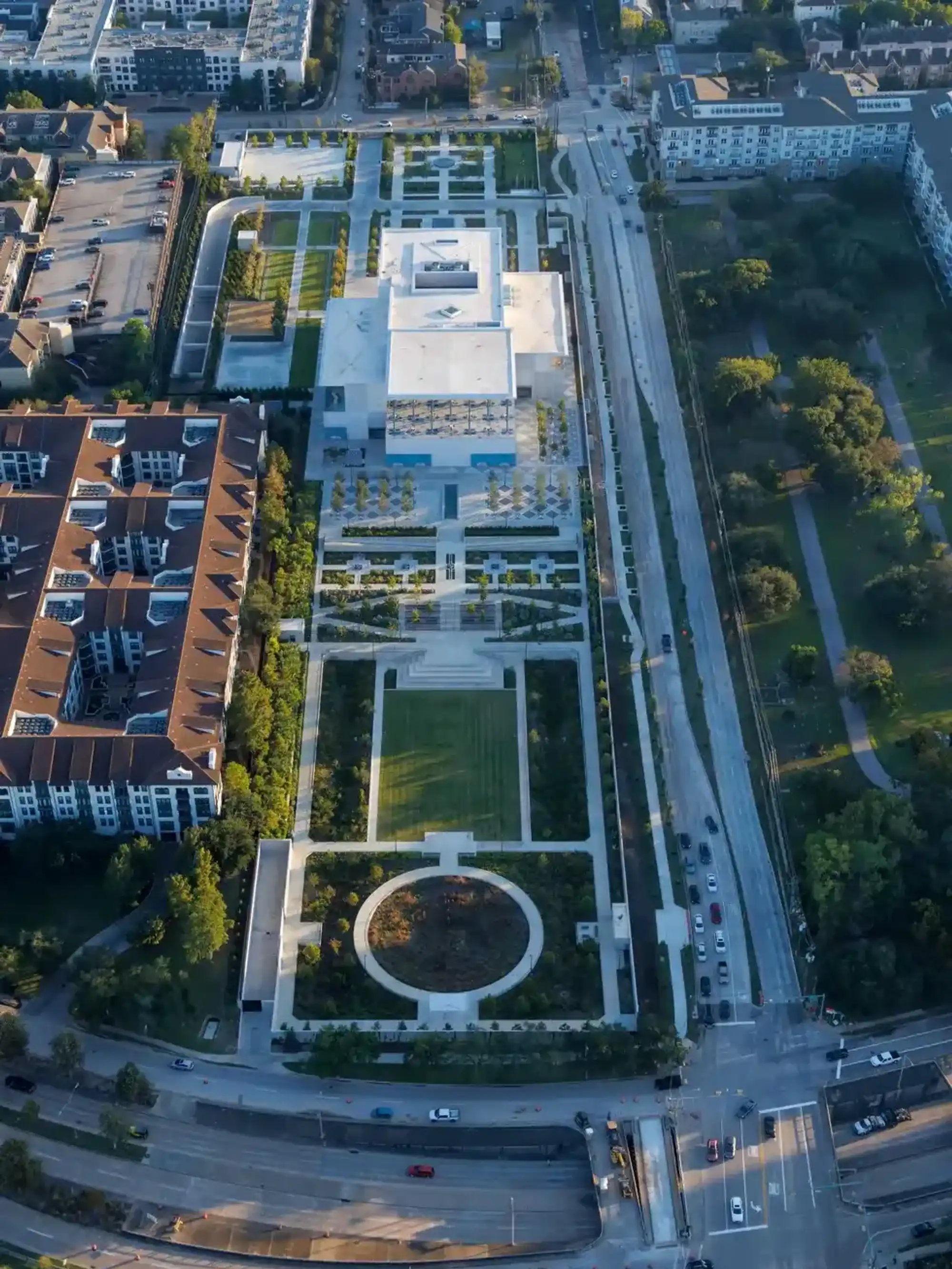Texas startup dials up plans to reboot once-popular BlackBerry phone
Sweet development
A Texas company is dialing up a comeback for the once pervasive BlackBerry.
OnwardMobility, an Austin startup that produces mobile devices, said August 19 that it had sealed a deal with BlackBerry and FIH Mobile to resurrect the device. In the first half of 2021, Onward Mobility plans to roll out a 5G BlackBerry Android smartphone equipped with an old-school QWERTY keyboard. It'll be available in North America and Europe. Onward Mobility says it will collaborate on both design and production of the device.
"With the increasing number of employees working remotely with critical data and applications, coupled with the constant threat of cyberattacks, there is an absolute need for a secure, feature-rich 5G-ready phone that enhances productivity," OnwardMobility says in a release. "Employees are demanding better workplace technology experiences, and organizations are facing increasingly complex challenges in selecting, deploying, securing, and managing devices to meet expectations and maximize employee productivity."
In a YouTube video announcing the deal, OnwardMobility CEO Peter Franklin says 5G-enabled BlackBerry devices will be more than "nice to have" but also will be a "critical need."
"Consumers are looking for a more secure choice for their smartphone purchases," Franklin says, "and they're ready for a sleek device built around security and productivity from the ground up."
TCL Communication said in February that it would stop selling BlackBerry-branded phones effective August 31 because it had lost the rights to keep designing, manufacturing, and selling them. BlackBerry discontinued making phones in 2016. Later that year, TCL picked up the licensing rights for BlackBerry-branded Android smartphones.
Now, OnwardMobility owns those rights.
Reporting on the BlackBerry-TCL breakup, Business Insider observed that TCL's discontinuation of the phones marked the end of an era for a brand that commanded almost one-fifth of the global phone market just a decade ago. "But as it struggled to keep pace with smartphones as the iPhone and Android rose to popularity, BlackBerry slowly faded out of relevance when it came to the global smartphone market," Business Insider said.
A BlackBerry history published by Harvard Business School's Digital Initiative described the brand as "the world's original smartphone leader." The original company, founded in 1984, rolled out its first mobile phone in 2000.
"Over the ensuing decade, the BlackBerry became the device of choice in corporate America due to its enterprise-level security and business functionality. Even after the competitive entry of the iPhone in 2007 and Google's Android OS in 2008, BlackBerry was certainly not destined for failure," says the history, noting that the brand dominated the smartphone market through 2010.
------
This article originally ran on CultureMap.











 Photo by Iwan Baan
Photo by Iwan Baan